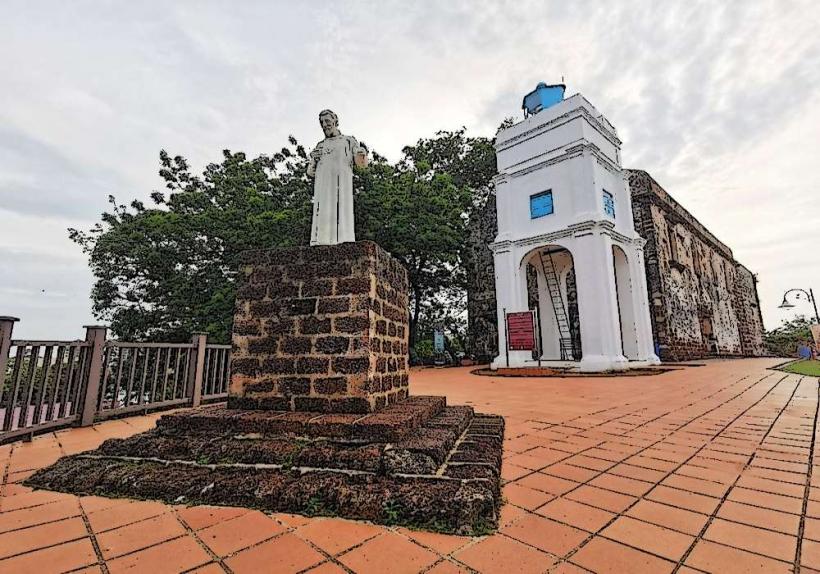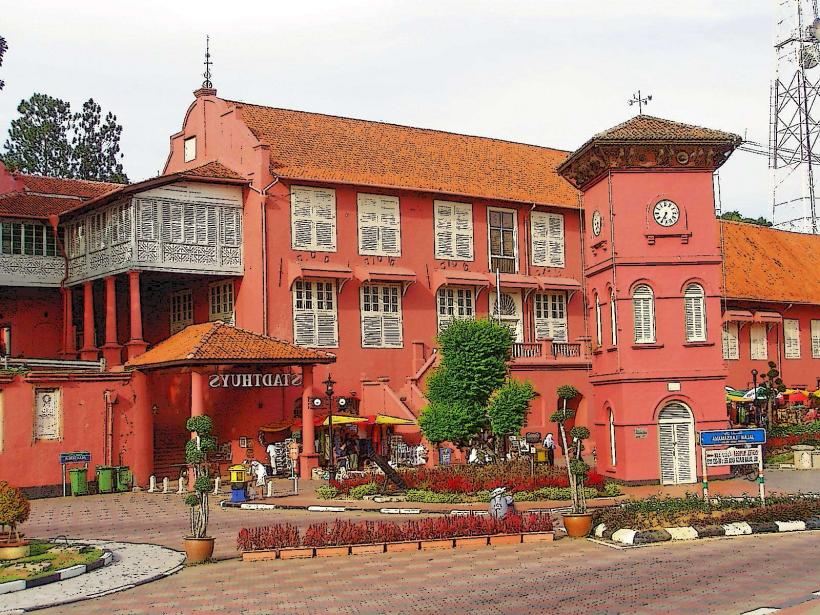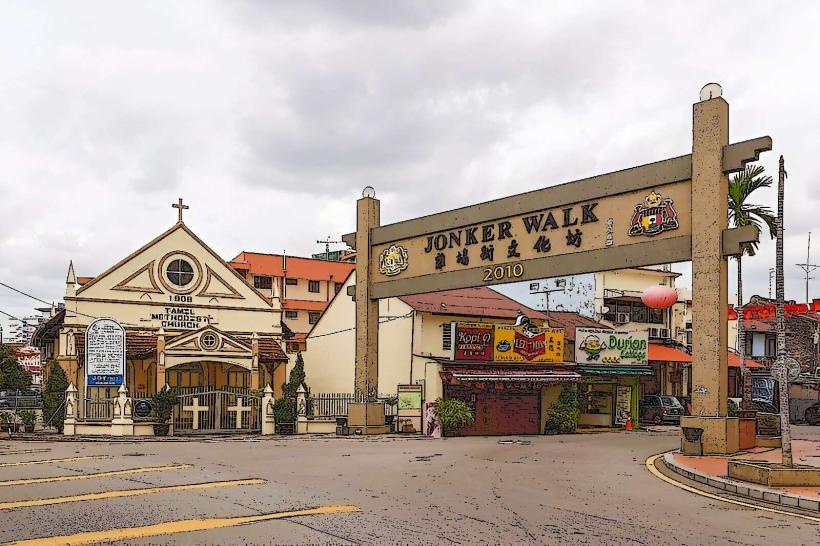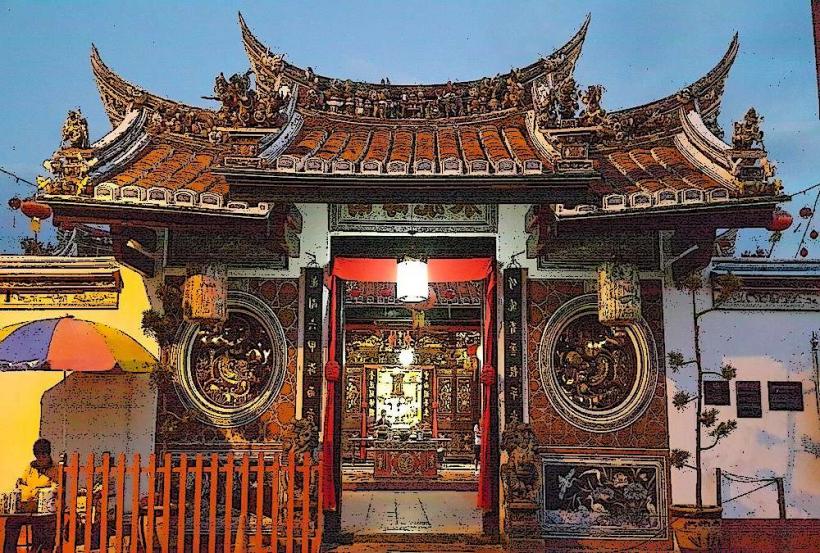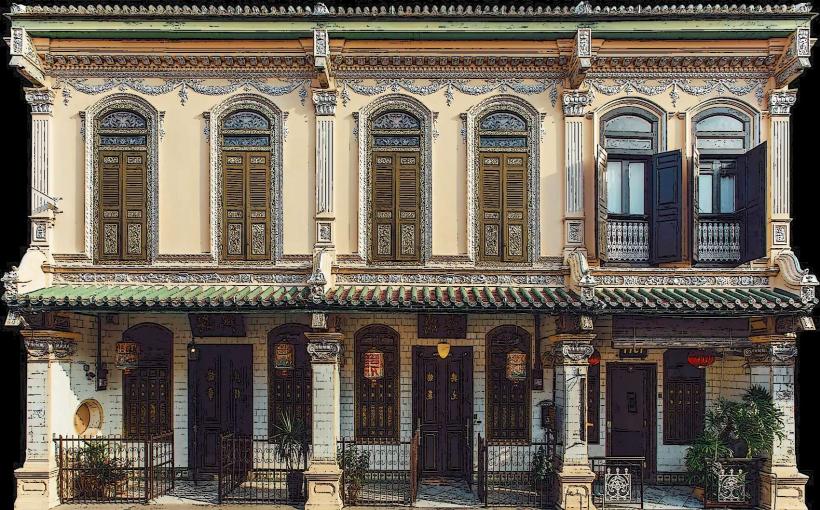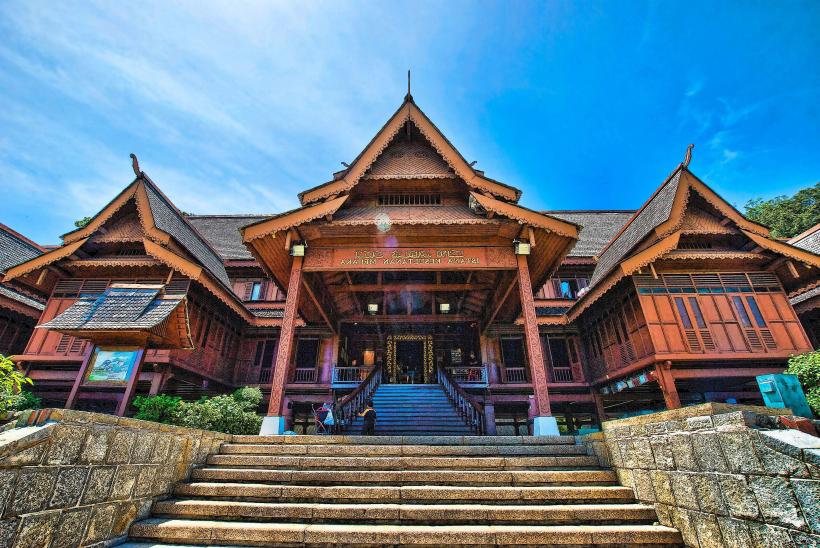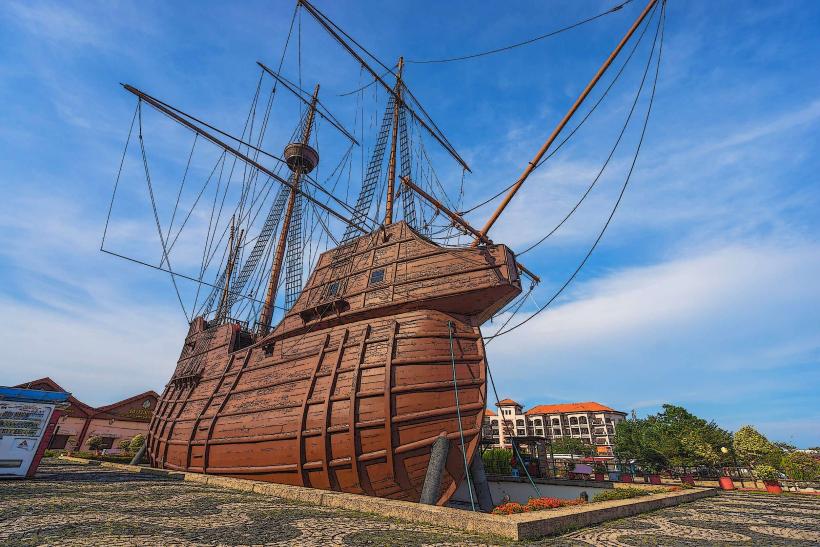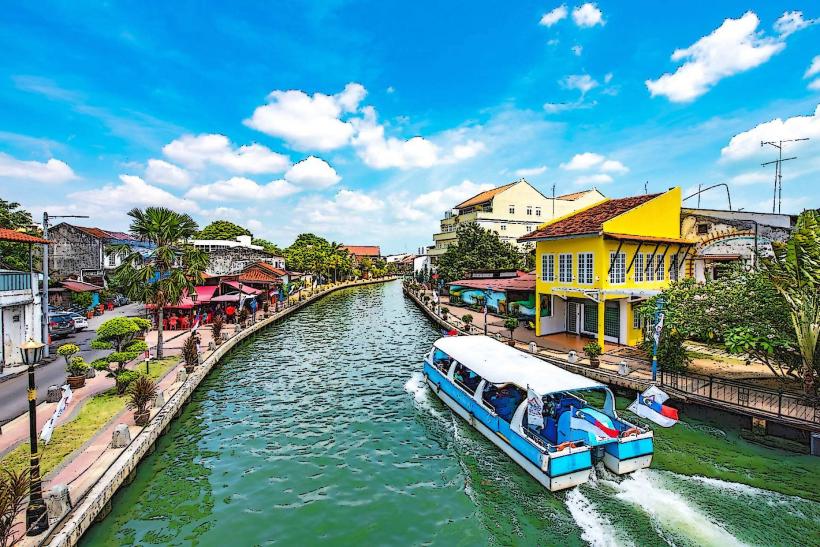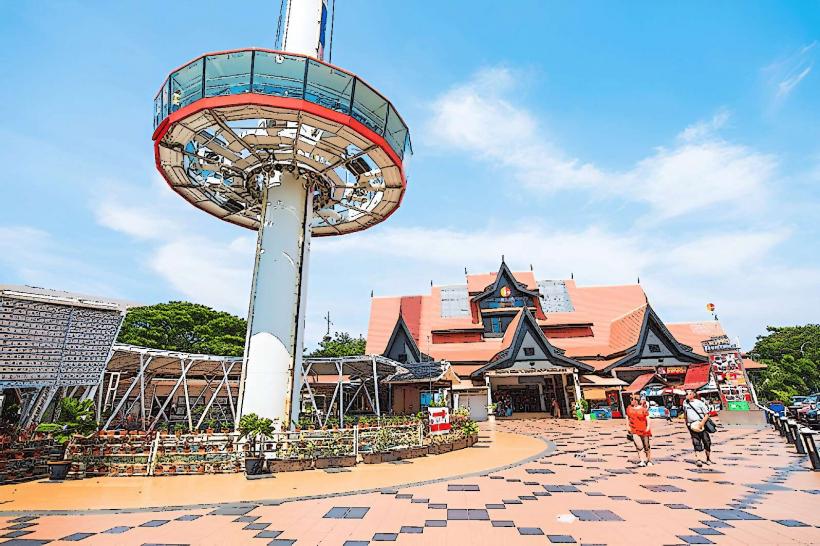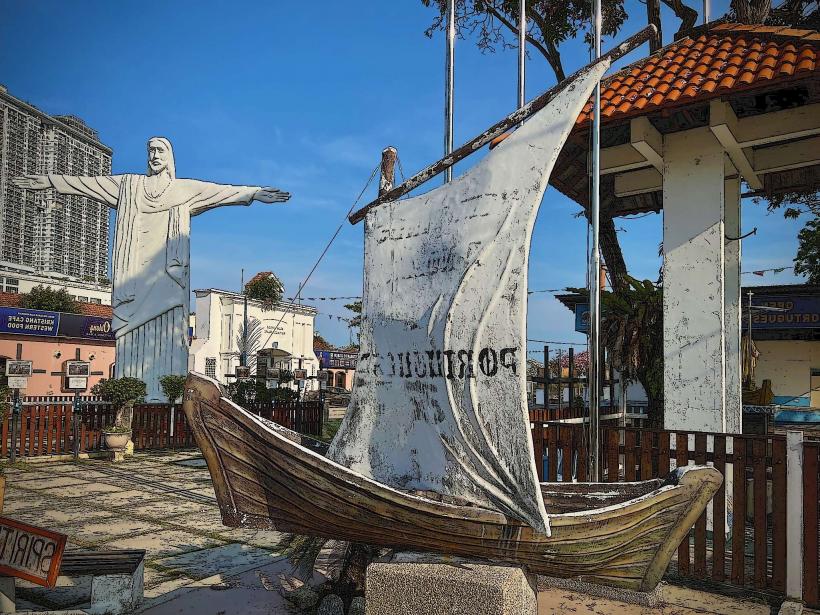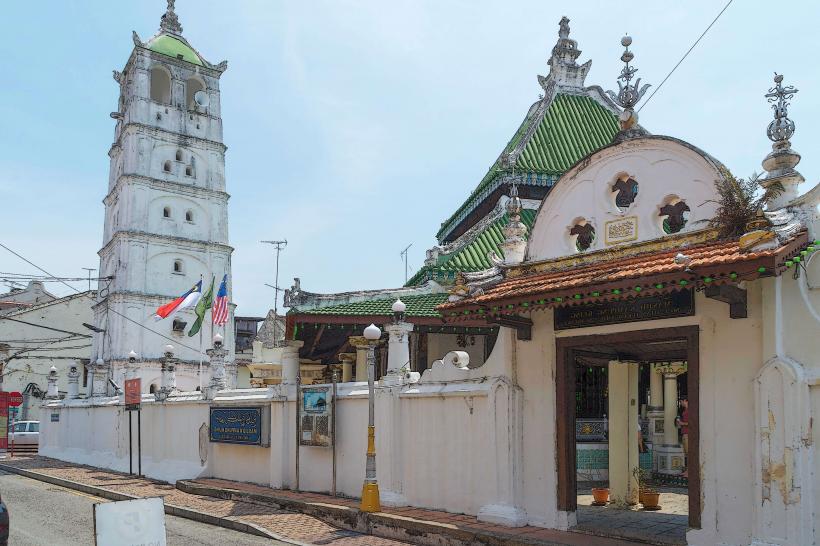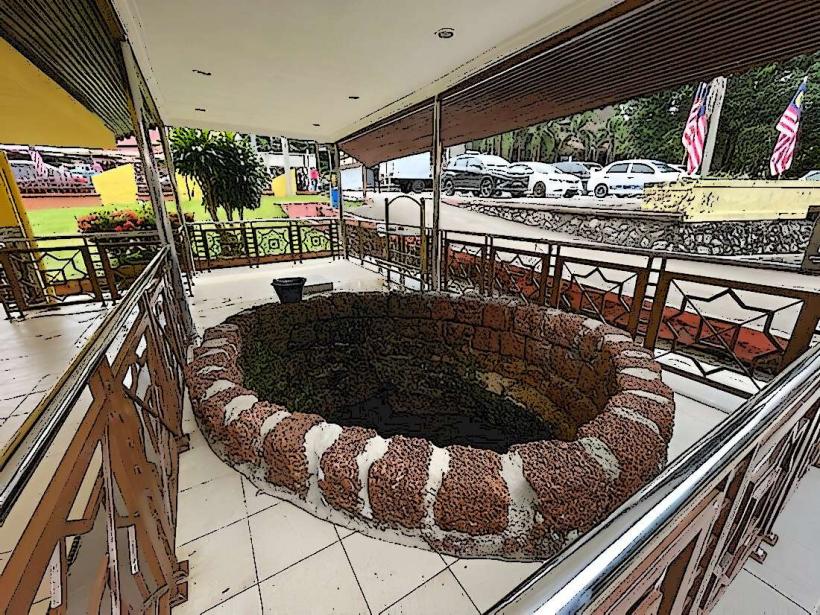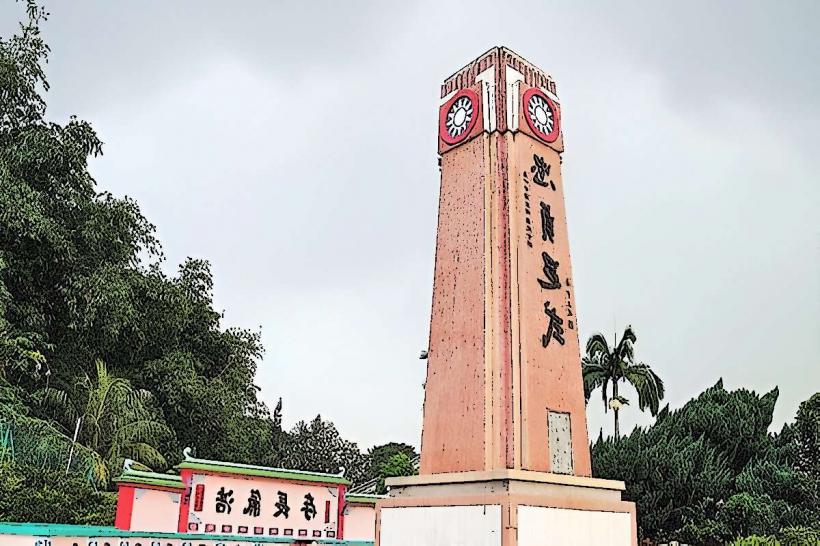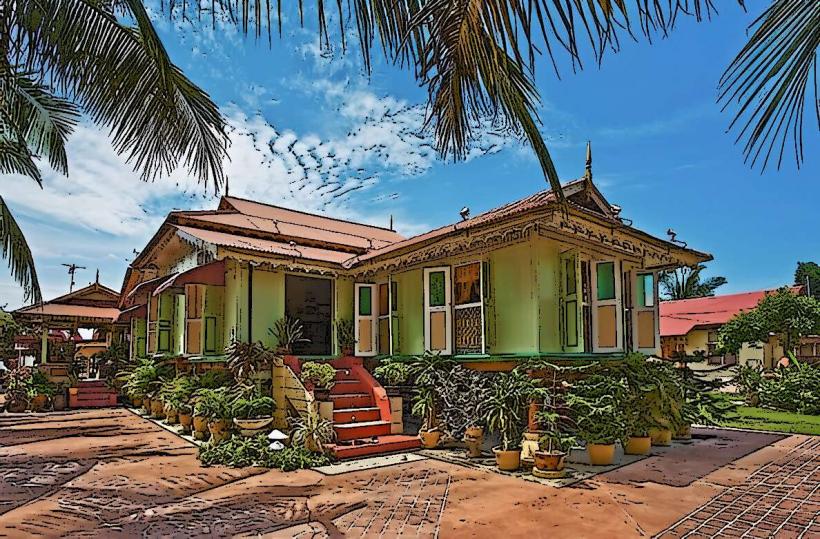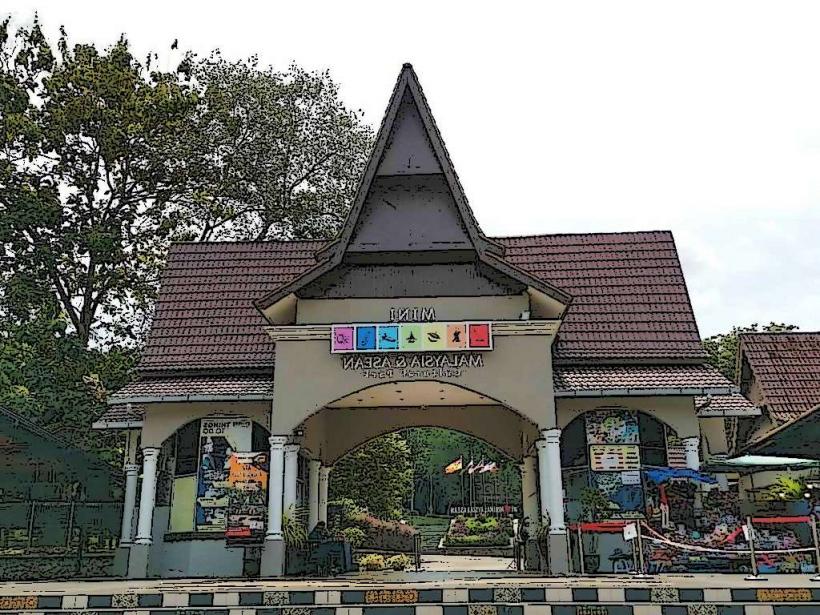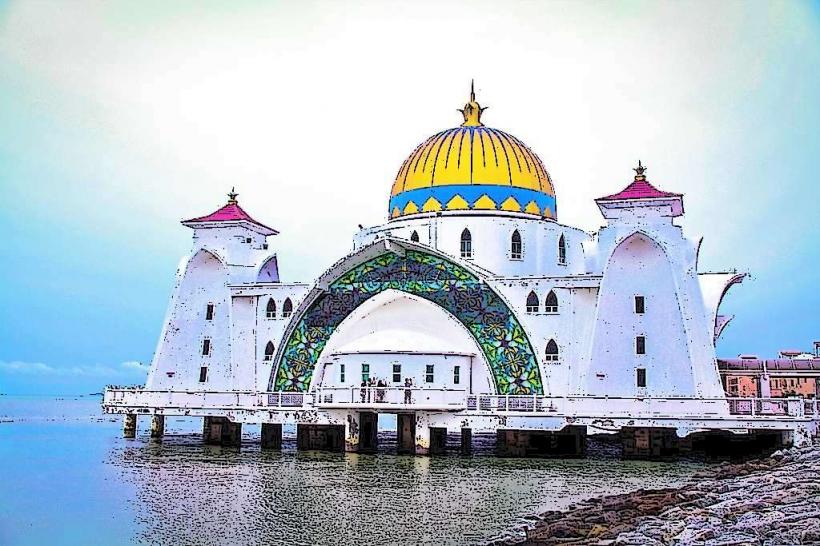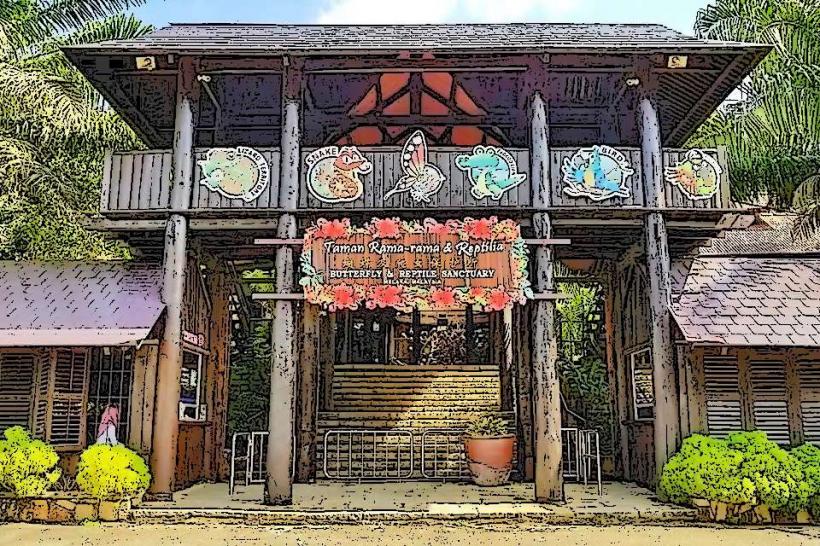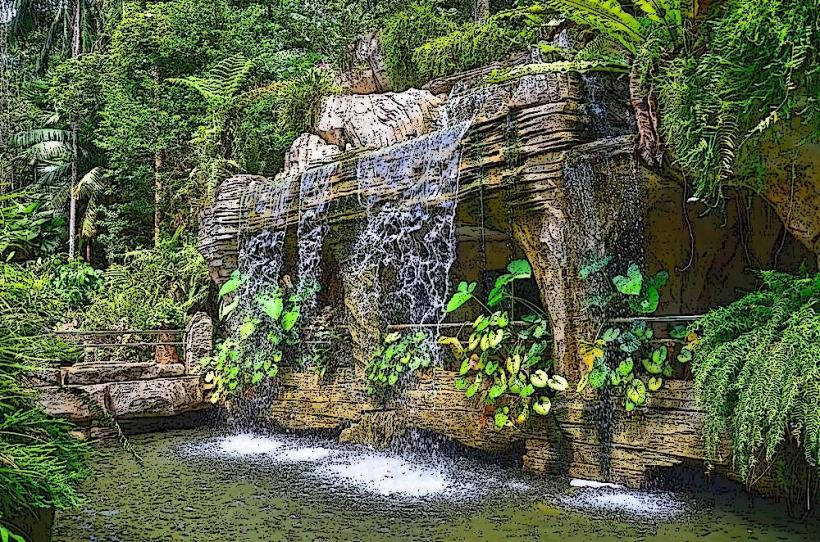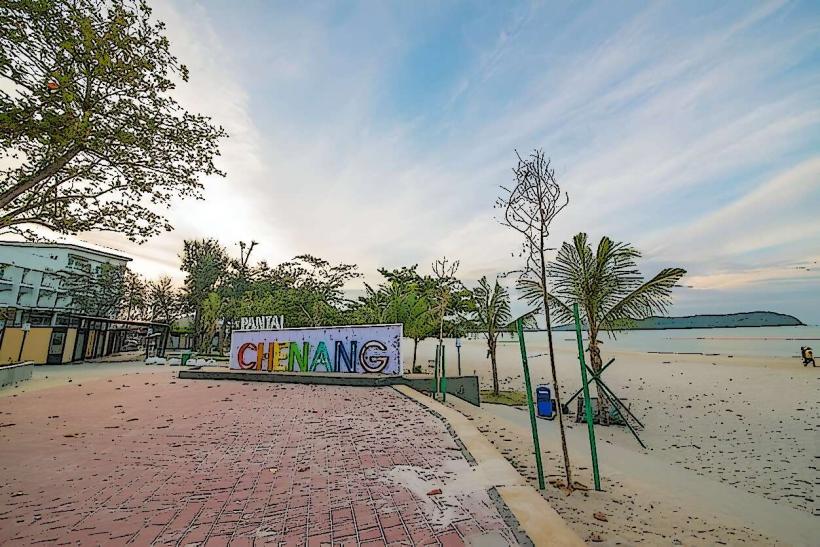Information
Landmark: Christ ChurchCity: Malacca
Country: Malaysia
Continent: Asia
Christ Church is a historic and iconic Dutch colonial-era church located in the heart of Malacca (Melaka), Malaysia. It is one of the most recognizable landmarks in the city, known for its striking red exterior, Dutch colonial architecture, and deep historical significance. The church stands as a testament to Malacca’s colonial past, particularly during the time when it was under Dutch rule.
History:
Dutch Colonial Period: Christ Church was built by the Dutch between 1741 and 1753 after they took control of Malacca from the Portuguese in 1641. The church was constructed in the Dutch Reformed style and was meant to serve as the primary place of worship for the Dutch community in Malacca, which had a strong presence in the region.
- The church’s construction was commissioned by the Dutch East India Company and it was designed to reflect the Dutch Protestant faith and the significance of the Dutch presence in Malacca.
Symbol of Dutch Rule: The red color of the church’s exterior is symbolic of the Dutch flag and serves as a reminder of the Dutch colonial era. The church was built on the site of a previous Portuguese church, St. Paul’s Church, and was intended to assert the Dutch authority over the region.
British Period: After the British took control of Malacca in the early 19th century, Christ Church continued to serve as a place of worship. It became a significant symbol of the religious and colonial history of the region, and despite changes in political control, it remained a central fixture in Malacca’s community.
Today: Christ Church is still in active use as a Christian church, and it is one of the most visited sites in Malacca due to its historical importance and architectural beauty. It is also part of the UNESCO World Heritage Site designation for Malacca’s historic city center.
Architecture:
Christ Church is an excellent example of Dutch colonial architecture and incorporates several distinctive features:
Red Exterior:
- The church is famous for its bright red exterior, which is made of red brick and gives it a striking appearance. The red color symbolizes the Dutch influence and serves as a visual marker of the church’s historical roots in the region.
- The church’s exterior was repainted in the 1990s to restore its original appearance, and the vibrant red hue has since become one of Malacca’s most famous sights.
Dutch Steeple and Clock:
- The church features a tall steeple with a clock that was added to the building during the British era. The steeple is a key element of the church’s design and adds to its visibility in the city skyline.
- The clock on the steeple still works today, and it is a notable feature of the church’s architecture.
Interior:
- The interior of Christ Church is just as impressive, with a simple yet elegant design that reflects the Dutch Reformed tradition. The church is adorned with wooden pews, high ceilings, and old-fashioned chandeliers.
- One of the most notable features inside is the beautiful wooden pulpit, which is intricately carved and is one of the church’s oldest features.
- The altar area is simple, with a large wooden cross and a number of Dutch-style religious paintings. The walls and ceiling are painted in a soft shade of white, and the atmosphere inside is peaceful and reverent.
Tombstones and Memorials:
- Inside the church, visitors can find tombstones of important individuals from the Dutch and British colonial periods. These tombstones date back to the 18th century and are embedded in the floor of the church, marking the final resting places of high-ranking colonial officials and military personnel.
- One of the most famous tombstones is that of Captain Pedro de Silva, a notable figure from the Dutch East India Company who was a key figure in the region’s history.
Cultural and Religious Significance:
Christianity in Malacca: Christ Church has long been a center for the Christian community in Malacca. The church has served as the main place of worship for the Dutch Reformed Church, and later for Anglican and Protestant denominations after the British took over.
- Today, it continues to serve as an active place of worship for the Christian community in Malacca, holding regular services, weddings, and ceremonies.
Symbol of Dutch Influence: As the oldest Protestant church in Malaysia and one of the oldest Dutch buildings in Southeast Asia, Christ Church is a key symbol of Dutch colonial rule in the region. The church’s iconic red exterior and location in Dutch Square reflect the period of Dutch dominance in Malacca, which lasted for nearly two centuries.
UNESCO World Heritage Site: Christ Church is part of the Malacca Historic City area, which was inscribed as a UNESCO World Heritage Site in 2008. The church’s inclusion in this designation highlights its cultural, architectural, and historical significance to the region and the world.
Visitor Experience:
Visiting Christ Church is a popular activity for both history enthusiasts and religious tourists. The church is open to the public daily, and visitors are welcome to explore the exterior and interior, where they can admire the architecture, tombstones, and historical artifacts.
Photography: The red exterior of the church, combined with its historical surroundings in Dutch Square, makes it an excellent subject for photography. The church’s unique architecture and peaceful atmosphere provide opportunities for stunning shots of both the building and the wider historic area.
Nearby Attractions:
- Dutch Square (Stadthuys): Christ Church is located in Dutch Square, which is home to several other important colonial buildings, including the Stadthuys, which houses the Malacca Museum and showcases the region's Dutch and British colonial history.
- Jonker Street: Just a short distance away from Dutch Square, Jonker Street in Chinatown is famous for its historical buildings, street food, antiques, and vibrant cultural atmosphere.
- A Famosa: The A Famosa fortress is also nearby and is one of the oldest surviving European structures in Southeast Asia. It offers additional historical context for understanding the colonial history of the region.
- St. Paul's Hill: Located just above Dutch Square, St. Paul’s Hill offers a commanding view of Malacca and features the ruins of St. Paul’s Church, which dates back to the Portuguese era.
Conclusion:
Christ Church in Malacca is an important historical and architectural landmark that offers insight into the city’s colonial past, particularly its Dutch heritage. The church’s striking red exterior, Dutch Reformed architecture, and colonial tombstones make it a must-see for visitors interested in the region’s history. As one of the oldest Protestant churches in Southeast Asia, it continues to serve both as a place of worship and as a symbol of the enduring legacy of the Dutch in Malacca.


